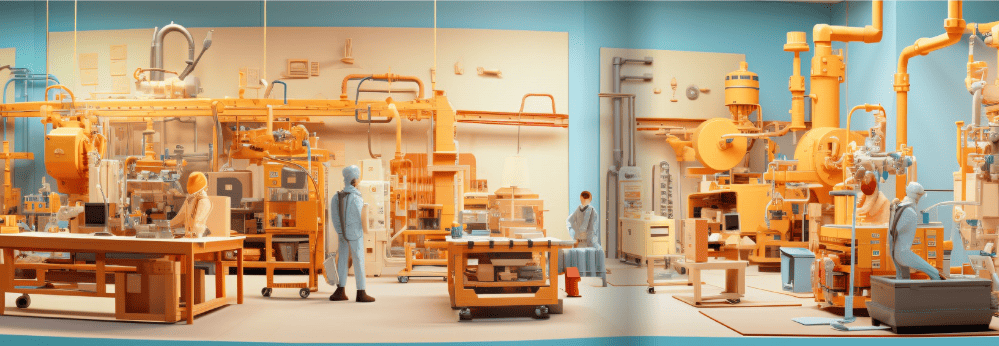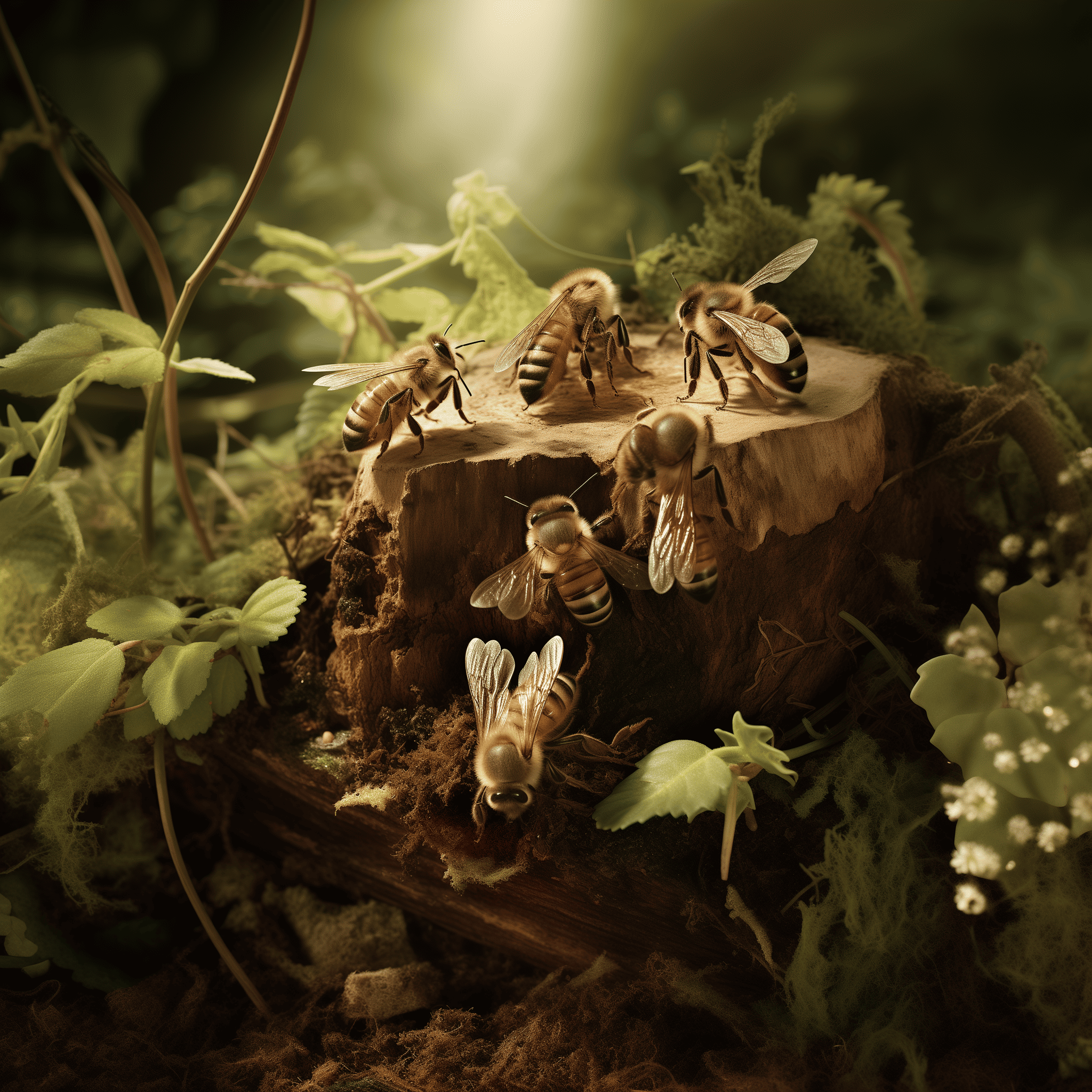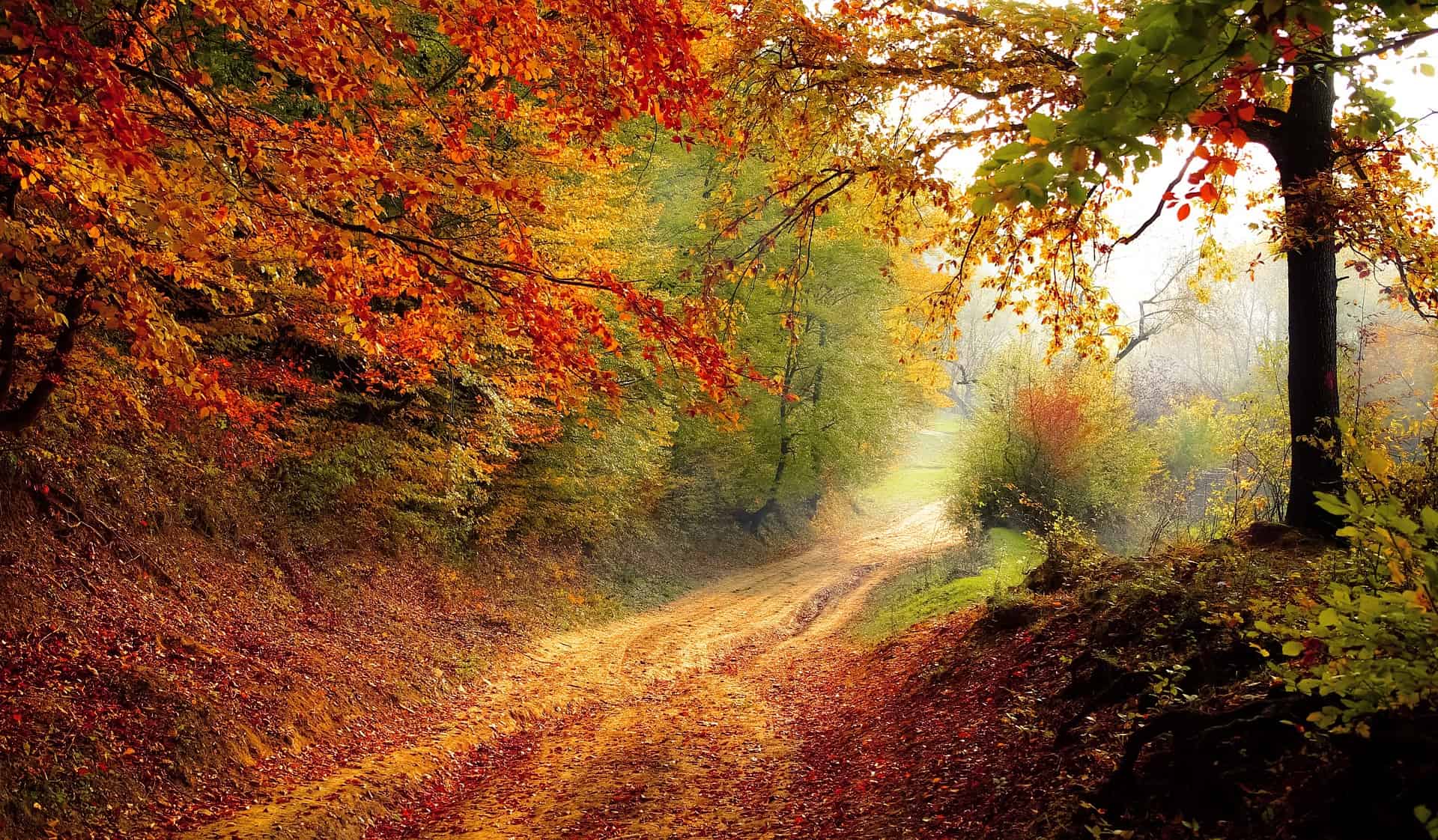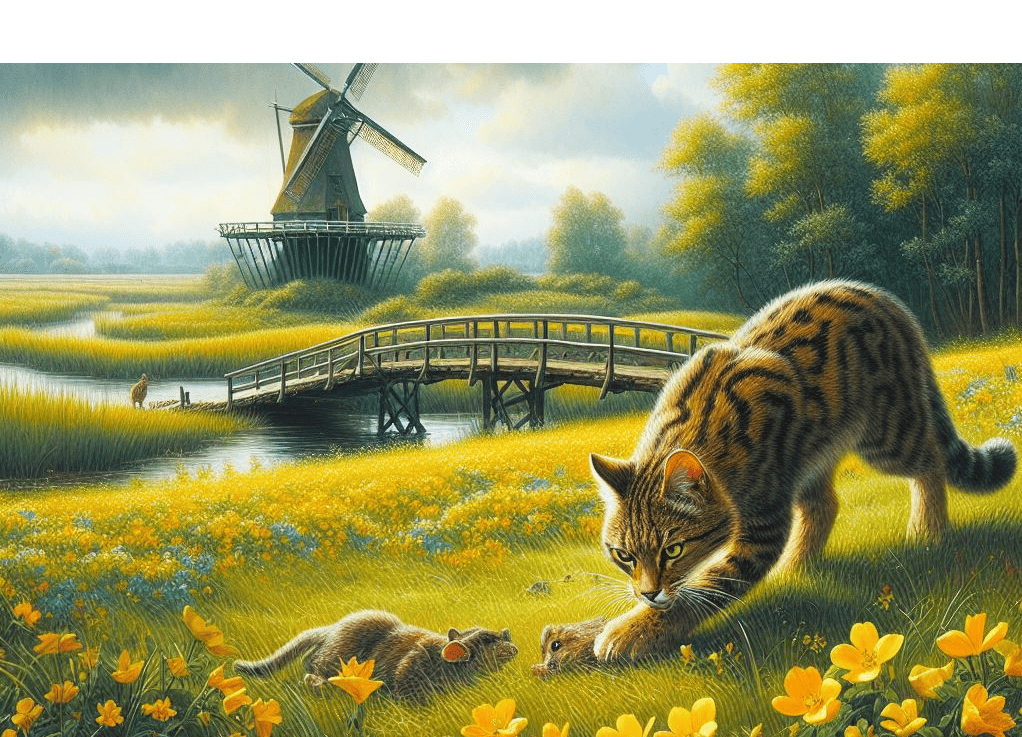
It may be hard to imagine, but once wild cats and other native mammals moved freely through the Netherlands in large numbers. Unfortunately, due to loss of natural habitat and excessive hunting, they disappeared from our landscape. In this column, I explore what would happen if we take drastic measures to restore our flora and fauna. We call back to life the extinct species that once belonged in our country.
Although I live in Germany, my love for the Netherlands is undiminished. Things are well organised there and I love the Dutch sobriety. But if I had to name one thing I really miss, it would be unspoilt nature. To make it concrete: only 26 percent of the Netherlands consists of protected nature reserves.
Yet the Netherlands has not always looked like this. If we had pictures from hundreds of years ago, we would hardly recognise our country again. The vast forests, marshes and wild landscapes that once graced our country have been replaced by cities, highways and industrial areas. That means the habitats of many special animals have also been lost.
10 mammals that used to occur in the Netherlands:
- Moose (1025)
- Pug bat (1800 – 1900)
- Aurochs (400)
- Tarpan (Year unknown. was once released here, habitat Eastern Europe)
- Grey whale (340 B.C.)
- Lynx (around 1890)
- European mink (1887)
- Greater horseshoe (1974)
- Lesser horseshoe (1983)
- Brown bear (1000 – 1100)
Although wildlife can barely survive in the Netherlands at the moment, we continue to dream. What would the world look like if we committed to large-scale wildlife restoration? Which remarkable animal species would return within our borders?
The wild cat
The wild cat was once an important link in the local ecosystem. Unfortunately, the combination of habitat loss and intensive hunting led to a rapid population decline. The wild cat was already rare in the nineteenth century. By the end of that century, it was practically extinct in the Netherlands.
Meanwhile, a small population of feral cats is known to have re-established itself in South Limburg. In our scenario, politicians have taken drastic measures to further restore and increase the original habitat of the wild cat. This includes freeing up many hectares of urban and agricultural land for natural landscapes, in which the cat has sufficient space to hunt and breed. We also copy-paste some two hundred wildlife corridors, spread across the country. These green crossings are essential for the recovery of the wild cat, as well as other native species. The cats can move freely between different wildlife areas. We also use wildlife cameras and GPS tracking to monitor the predators and ensure their welfare.
The moose
The moose, once an imposing presence in Dutch forests, disappeared from our landscape in the 11th century. Politicians in The Hague are doing all they can to make our country a fine home for the moose again.
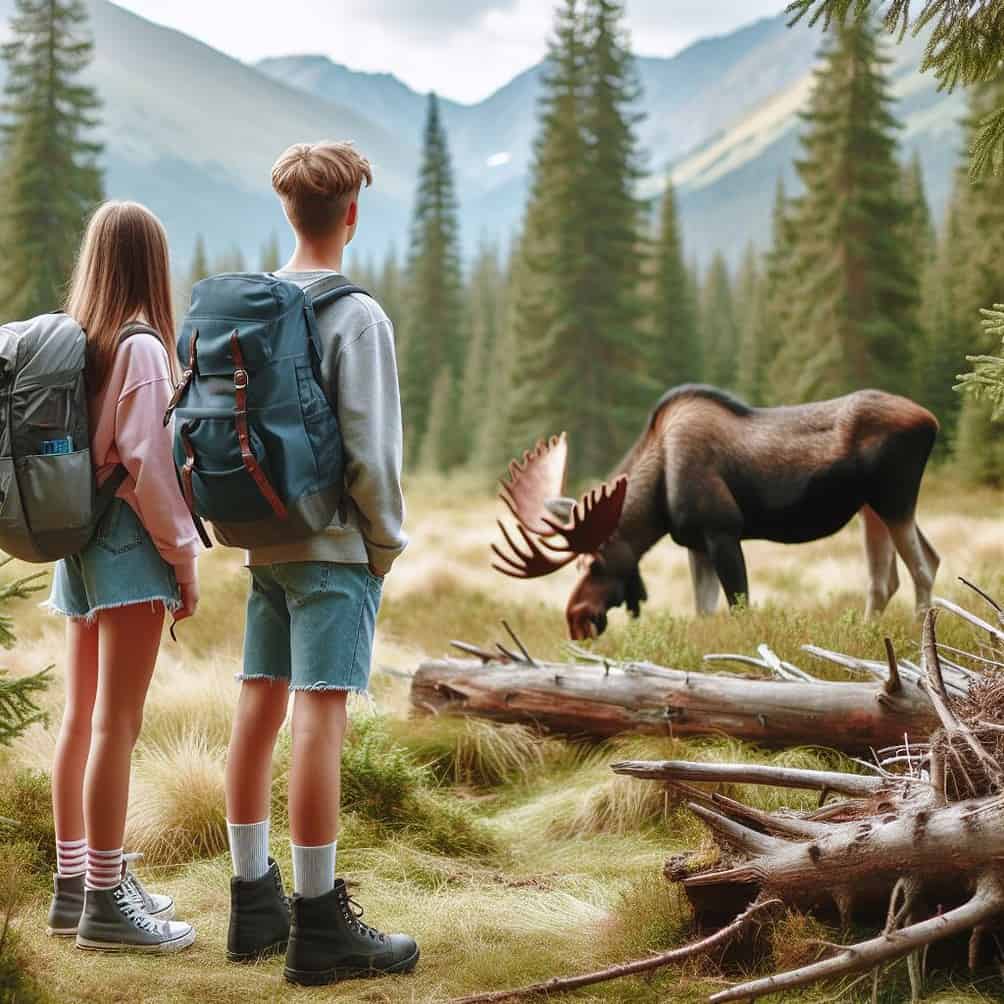
One particular innovation developed specifically for the moose is the creation of special feeding areas with scent technology. Unlike other herbivorous animals, moose are selective herbivores and have a preference for certain plants and herbs. The Ministry of Economic Affairs and Climate has ensured large-scale implementation of scent technology. By spreading scents that match the scents of plants and herbs that moose like to consume, the moose are encouraged to visit and stay in these areas. The animals are thus not inconvenienced by traffic.
Moreover, setting up feeding areas with scent technology is not only effective for preserving the moose population, but also opens up new opportunities for research and monitoring of these majestic animals. Bachelor and master biology students make extensive use of the extensive dataset compiled on these animals.
The brown bear
Last but not least: the brown bear. Throughout almost the entire Holocene, the bear was present in the Netherlands. Although rare, bones and teeth have been found scattered all over the country.
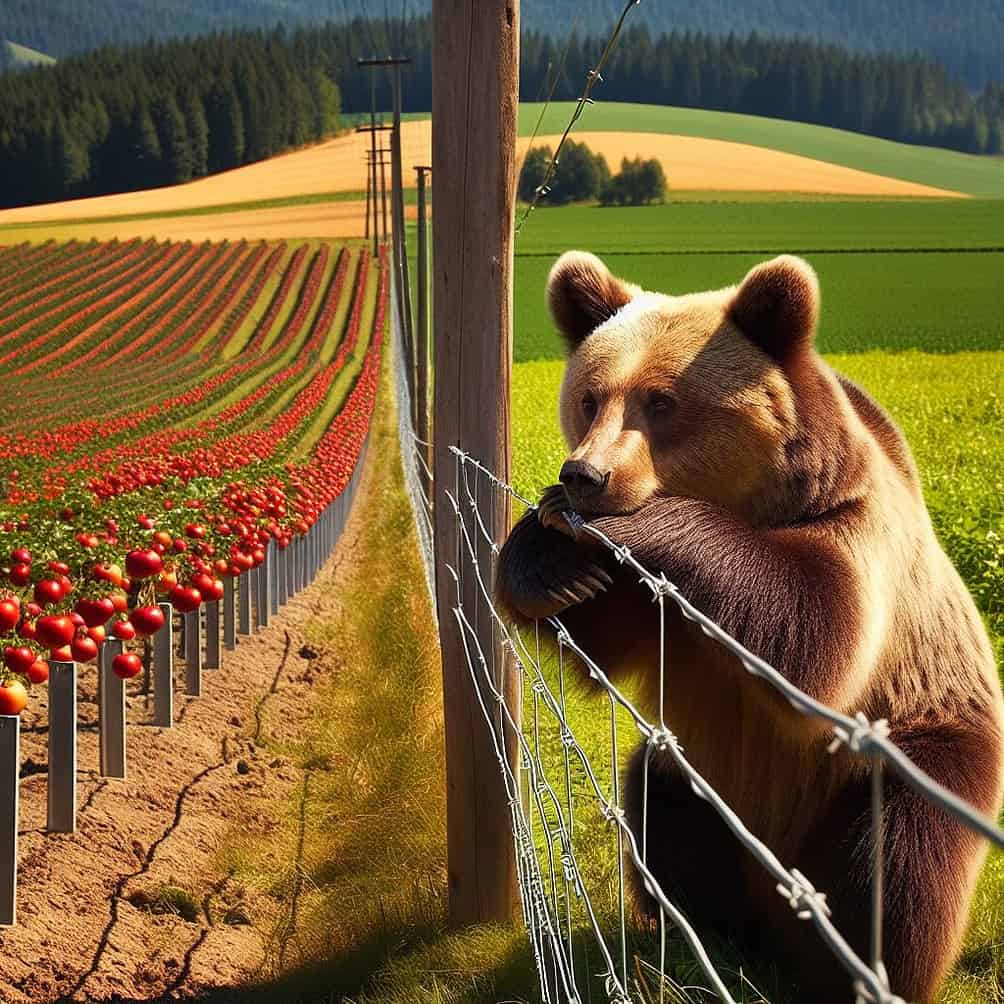
Living harmoniously with the brown bear requires intensive measures. Smart electronic fences operating on the basis of AI around built-up areas and agricultural land are sensitive to bear activity. These fences are equipped with sensors and are activated when a bear comes too close. The AI software recognises the bears’ movements, making the electric fences non-threatening to humans.
Educational programmes are also set up to make us aware of the presence of bears and how to live safely with our new compatriots. Kind of handy to know what to do, should we encounter one of those brown giants during your Sunday walk in the woods.
Back to reality
We humans have brought about significant changes to the Dutch landscape over the centuries. In other words, we are powerful actors. This has resulted in positive things, such as fertile farmland that gives us enough food on our plates. Unfortunately, it also led to the extinction of native plants and beautiful animal species.
Therefore, my suggestion is: let’s use our power a little more often to partially reverse this trend. While reintroducing large predators is obviously not necessarily desirable, we can at least make bees, insects and other species important for biodiversity feel welcome again. Meanwhile, I keep dreaming of spotting a brown bear on an evening walk when I return to the Netherlands.



